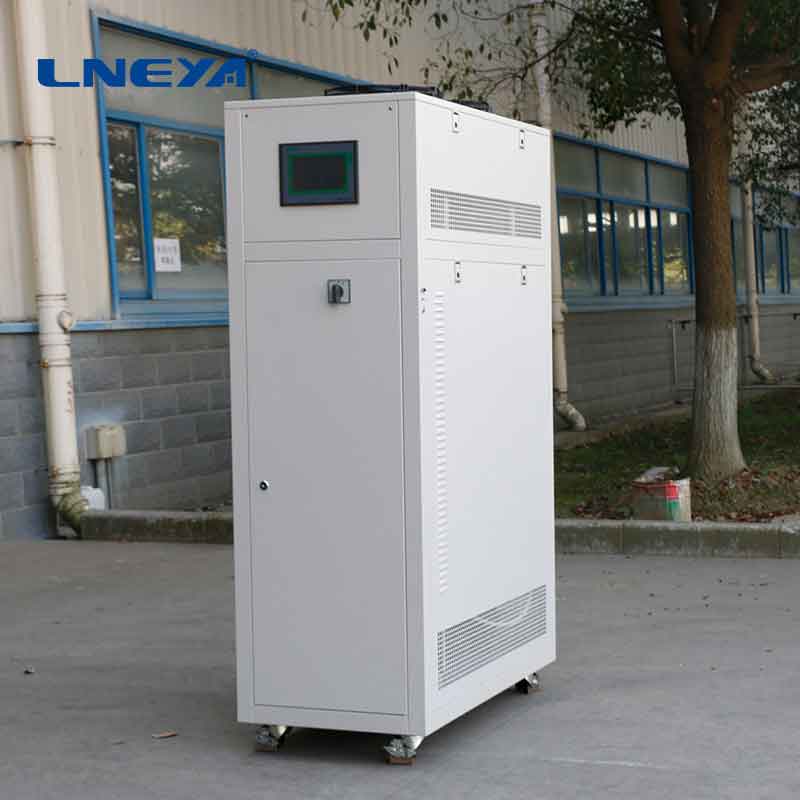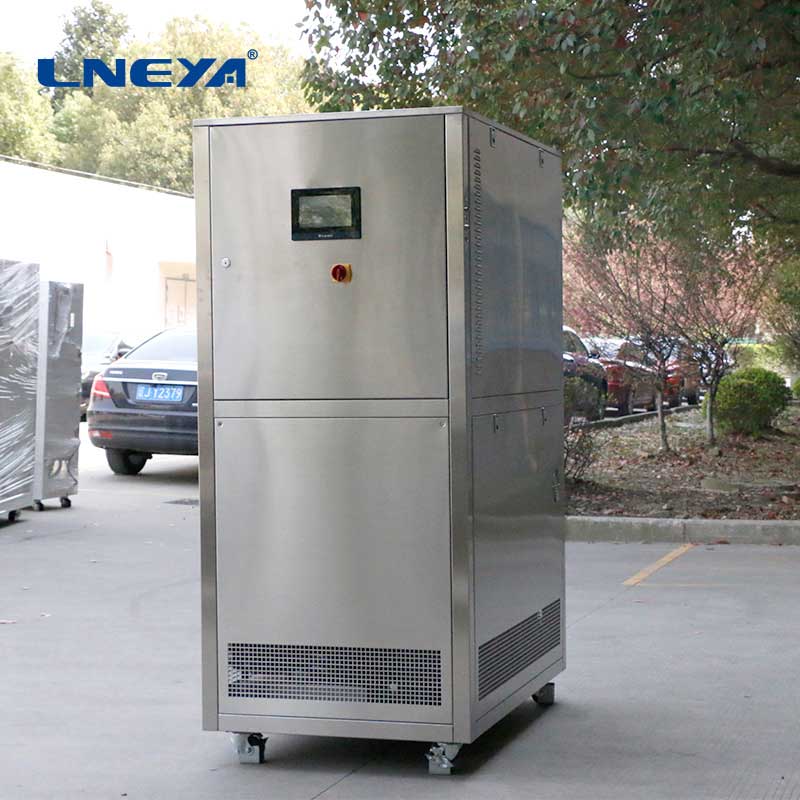thermal testing of electronics
Introduction to Thermal Testing of Electronics
Electronic devices are subject to a wide range of temperatures during their operation, from the scorching heat of a desert to the freezing cold of a mountaintop. To ensure that these devices function reliably and safely under such conditions, thermal testing is an essential part of the design and manufacturing process. This article explores the importance of thermal testing, the various methods and equipment used, and the impact of this testing on the quality and lifespan of electronic products.

Importance of Thermal Testing
Thermal testing is crucial for several reasons:
Reliability: It ensures that electronic devices can withstand the thermal stress they will encounter in real-world applications, preventing failures and ensuring consistent performance.
Safety: By testing for thermal issues, such as overheating, manufacturers can prevent potential hazards that could lead to device damage or even pose a risk to users.
Quality Assurance: Thermal testing helps identify design flaws and manufacturing defects that could affect the thermal performance of electronic devices.
Compliance with Standards: Many industries have specific thermal performance standards that electronic devices must meet. Thermal testing ensures that products comply with these standards.

Methods of Thermal Testing
There are several methods used for thermal testing of electronics:
Temperature Cycling: This involves rapidly changing the temperature of the device to simulate the effects of temperature fluctuations. It helps identify thermal expansion and contraction issues.
High-Temperature Storage: Devices are stored at elevated temperatures for an extended period to assess their ability to withstand continuous heat.
Thermal Shock: This method exposes devices to sudden and extreme changes in temperature to evaluate their structural integrity and thermal response.
Steady-State Testing: Devices are subjected to a constant temperature to measure their ability to dissipate heat and maintain a stable operating temperature.
Transient Thermal Analysis: This involves analyzing the device’s response to sudden changes in power or load, which can cause rapid temperature changes.
Equipment Used in Thermal Testing
Various equipment is used to perform thermal testing on electronic devices:

Environmental Chambers: These chambers can simulate a wide range of temperature and humidity conditions, allowing for controlled testing.
Thermal Cameras: Infrared thermal imaging cameras are used to visualize and measure the temperature distribution across the device’s surface.
Thermocouples and RTDs: These sensors are used to measure the temperature at specific points within the device.
Heat Sinks and Cooling Fans: These components are used to manage heat during testing, simulating real-world cooling conditions.
Data Acquisition Systems: These systems record temperature data and other parameters during testing, allowing for detailed analysis.
Impact on Product Quality and Lifespan
Thermal testing has a significant impact on the quality and lifespan of electronic products. By identifying and addressing thermal issues during the design and manufacturing process, manufacturers can improve the reliability and durability of their products. This leads to fewer failures in the field, reduced warranty claims, and increased customer satisfaction.
Conclusion
Thermal testing of electronics is a vital process that ensures the reliability, safety, and quality of electronic devices. By subjecting devices to a range of temperature conditions, manufacturers can identify and address thermal issues that could affect performance and safety. The use of various testing methods and equipment allows for a comprehensive evaluation of a device’s thermal performance, ultimately leading to better products and greater customer confidence.
Note: This article is intended for informational purposes only and does not endorse or promote any specific products or services. It is designed to provide a comprehensive understanding of thermal testing of electronics and its importance in the industry.
Related recommendations
small recirculating water chiller
647A small recirculating water chiller is a specialized piece of equipment designed to cool water and maintain a consistent, lower temperature. These chillers are compact in size, making them suitabl...
View detailscombined heating & cooling
173Controlled temperature heating and cooling is a specialized approach to managing thermal conditions, emphasizing precision and stability to meet the specific requirements of an environment, proces...
View detailsprocess chillers uk
488Process Chillers UK: Market Trends, Applications, and Environmental Impact Market Trends in the UK Process Chillers:The UK chillers market is driven by the need for efficient cooling solutions ...
View detailswater cooler temperature control
243Water cooler temperature control is a specialized aspect of thermal management focused on maintaining the temperature of water in coolers at a consistent, user-defined level. Whether for providing...
View details
 LNEYA Chiller
LNEYA Chiller





HelloPlease log in